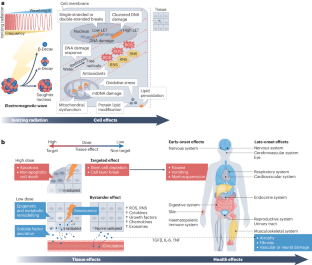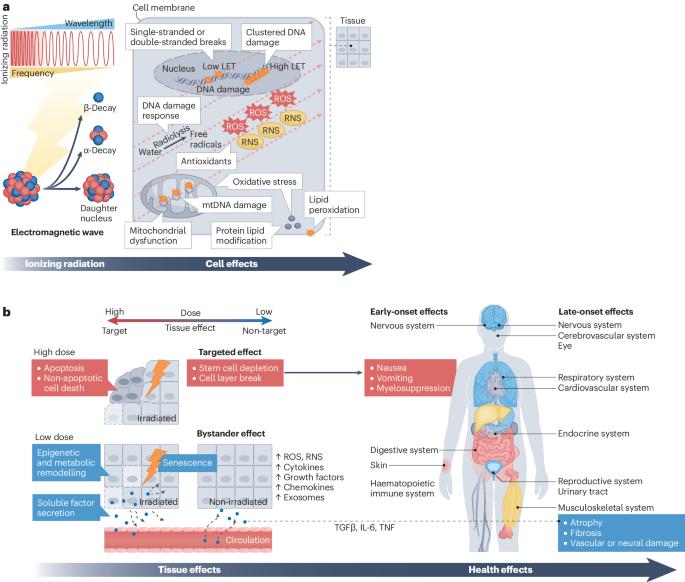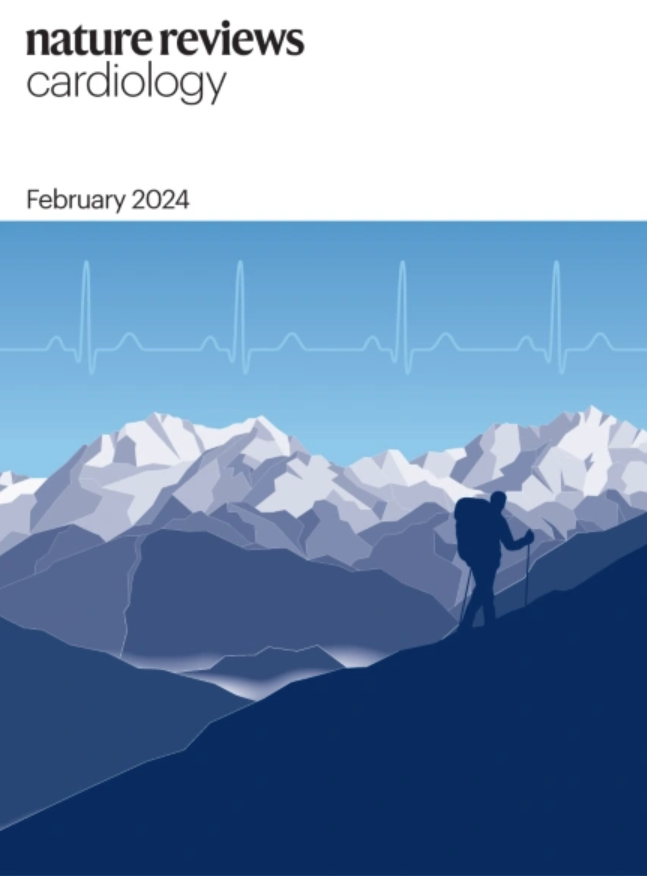电离辐射对心血管系统的影响。
IF 41.7
1区 医学
Q1 CARDIAC & CARDIOVASCULAR SYSTEMS
引用次数: 0
摘要
电离辐射被广泛应用于各种工业和医疗领域,导致某些人群受到的辐射量增加。辐射事故和职业辐照的教训凸显了与辐照相关的心脑血管风险。此外,癌症放疗与许多心血管并发症有关,这取决于心脏和循环系统中其他相关靶组织的剂量体积分布。症状的表现受多种因素的影响,以前曾在接受放射治疗的不同癌症患者群体中观察到不同的心脏并发症。然而,在当代放射治疗中,适形放射治疗规划的进步明显降低了心脏的平均剂量和照射量,因此这些变量不再是预测特定类型心脏病风险的唯一代用指标。然而,某些心脏亚结构仍然容易受到辐射照射的影响,因此有必要对其进行密切监测。在这篇综述中,我们全面概述了辐照对心血管系统造成的后果,从接受均匀、全身辐照或部分全身辐照的各种人群中汲取了深刻的见解,并确定了辐射相关心血管疾病发生的潜在风险调节因素。本文章由计算机程序翻译,如有差异,请以英文原文为准。


Consequences of ionizing radiation exposure to the cardiovascular system
Ionizing radiation is widely used in various industrial and medical applications, resulting in increased exposure for certain populations. Lessons from radiation accidents and occupational exposure have highlighted the cardiovascular and cerebrovascular risks associated with radiation exposure. In addition, radiation therapy for cancer has been linked to numerous cardiovascular complications, depending on the distribution of the dose by volume in the heart and other relevant target tissues in the circulatory system. The manifestation of symptoms is influenced by numerous factors, and distinct cardiac complications have previously been observed in different groups of patients with cancer undergoing radiation therapy. However, in contemporary radiation therapy, advances in treatment planning with conformal radiation delivery have markedly reduced the mean heart dose and volume of exposure, and these variables are therefore no longer sole surrogates for predicting the risk of specific types of heart disease. Nevertheless, certain cardiac substructures remain vulnerable to radiation exposure, necessitating close monitoring. In this Review, we provide a comprehensive overview of the consequences of radiation exposure on the cardiovascular system, drawing insights from various cohorts exposed to uniform, whole-body radiation or to partial-body irradiation, and identify potential risk modifiers in the development of radiation-associated cardiovascular disease. In this Review, Wu and co-workers describe the consequences of radiation exposure on the cardiovascular system, drawing insights from individuals exposed to whole-body radiation (including nuclear and medical workers) and from patients with cancer undergoing radiation therapy.
求助全文
通过发布文献求助,成功后即可免费获取论文全文。
去求助
来源期刊

Nature Reviews Cardiology
医学-心血管系统
CiteScore
53.10
自引率
0.60%
发文量
143
审稿时长
6-12 weeks
期刊介绍:
Nature Reviews Cardiology aims to be the go-to source for reviews and commentaries in the scientific and clinical communities it serves. Focused on providing authoritative and accessible articles enriched with clear figures and tables, the journal strives to offer unparalleled service to authors, referees, and readers, maximizing the usefulness and impact of each publication. It covers a broad range of content types, including Research Highlights, Comments, News & Views, Reviews, Consensus Statements, and Perspectives, catering to practising cardiologists and cardiovascular research scientists. Authored by renowned clinicians, academics, and researchers, the content targets readers in the biological and medical sciences, ensuring accessibility across various disciplines. In-depth Reviews offer up-to-date information, while Consensus Statements provide evidence-based recommendations. Perspectives and News & Views present topical discussions and opinions, and the Research Highlights section filters primary research from cardiovascular and general medical journals. As part of the Nature Reviews portfolio, Nature Reviews Cardiology maintains high standards and a wide reach.
 求助内容:
求助内容: 应助结果提醒方式:
应助结果提醒方式:


